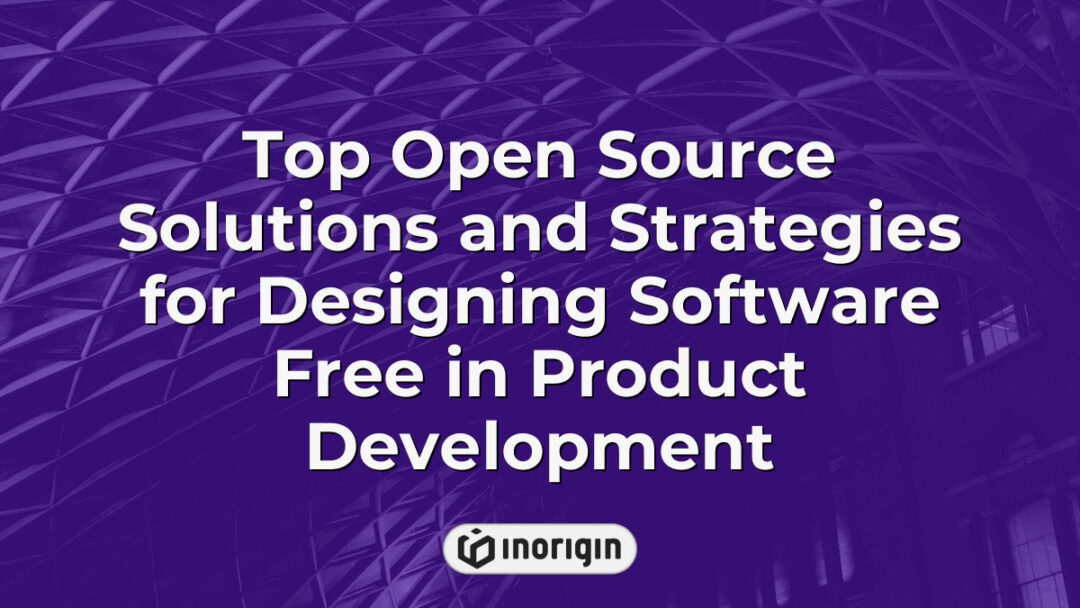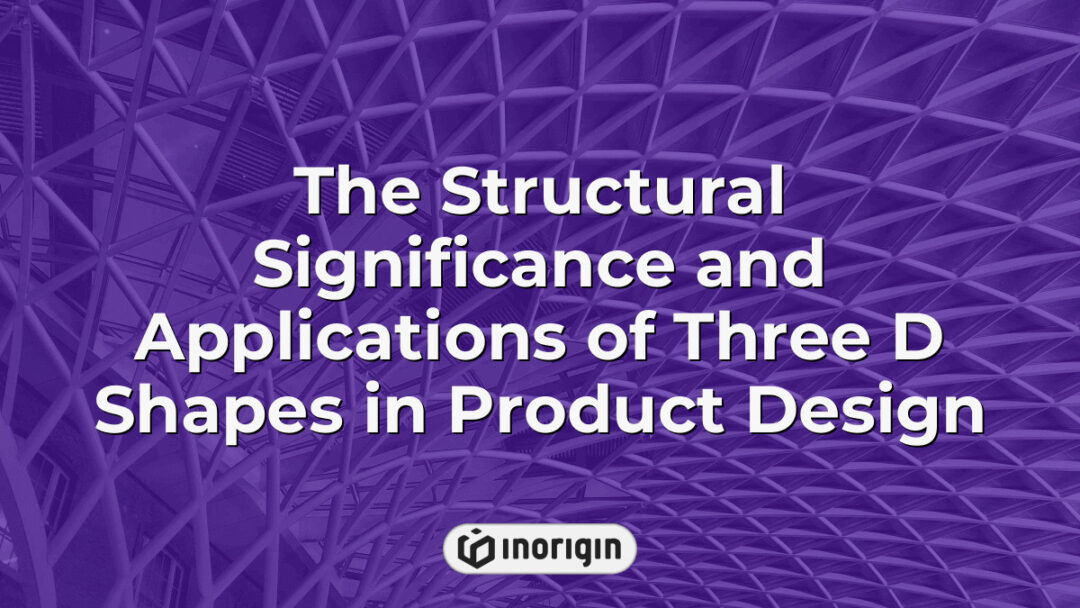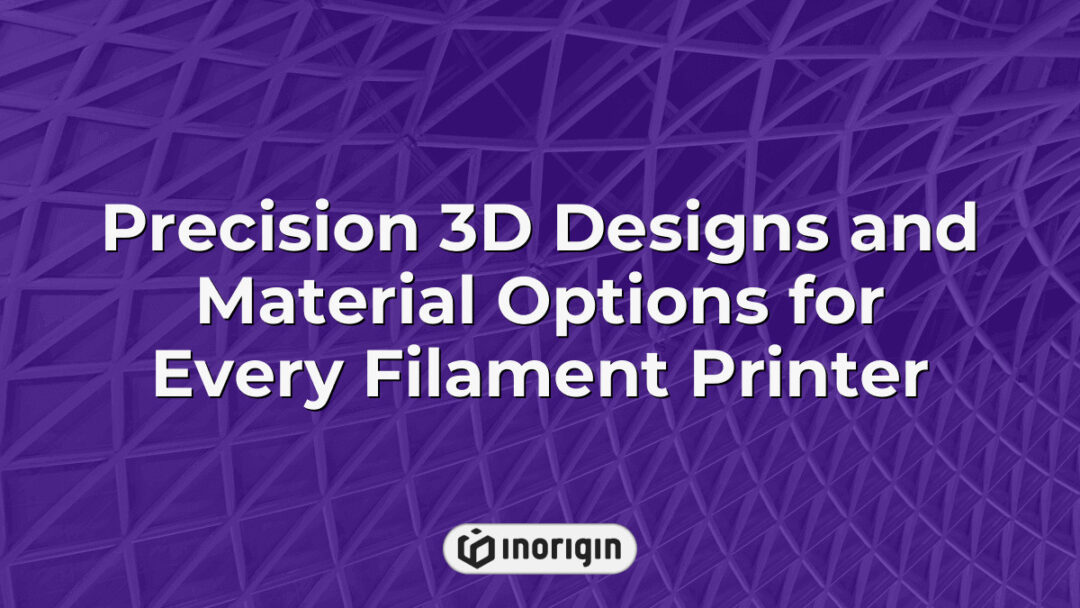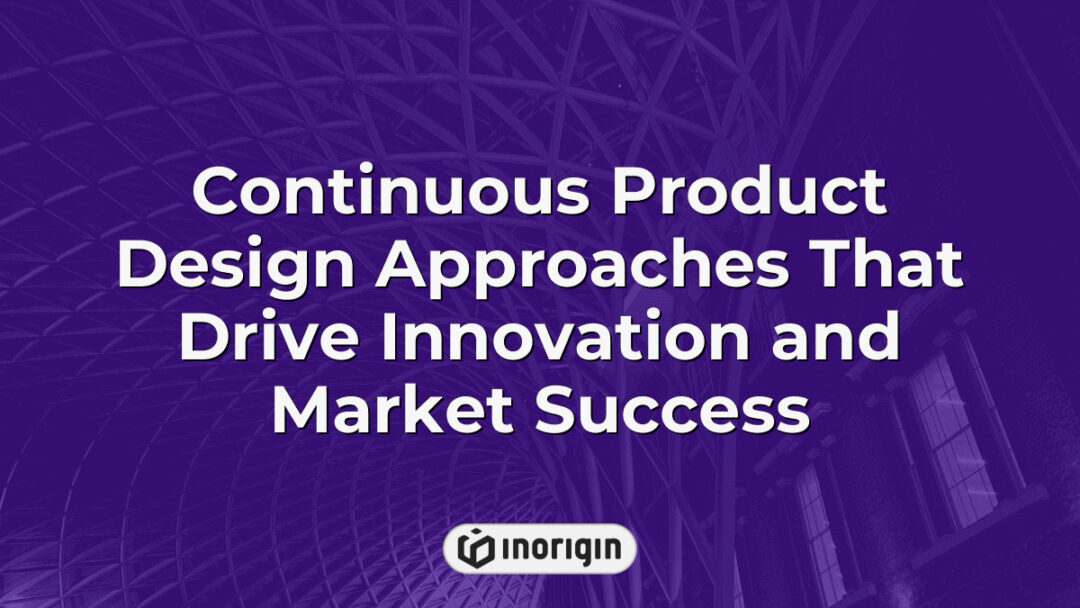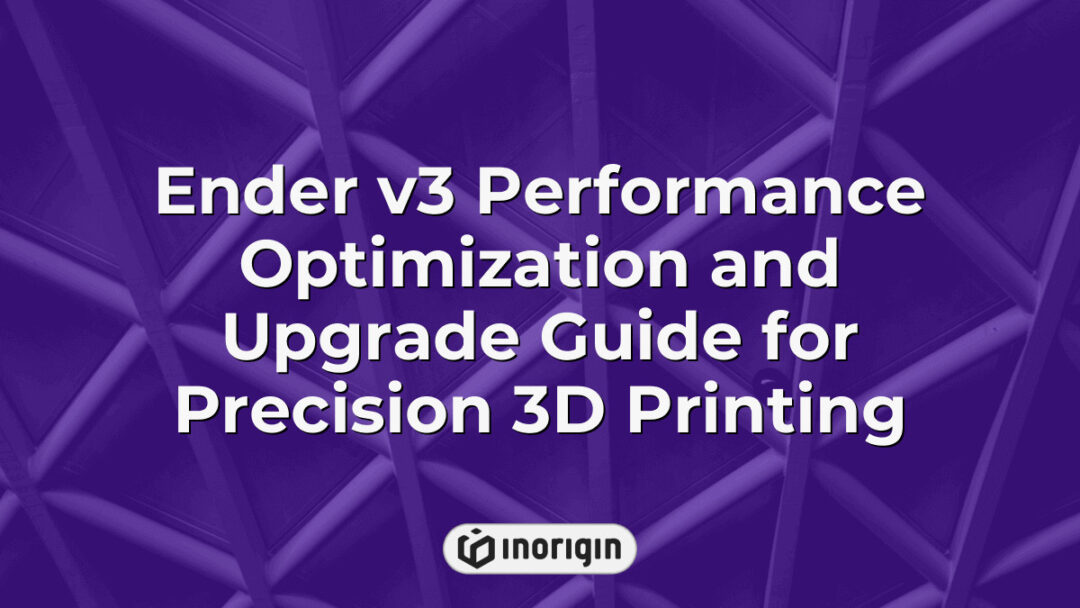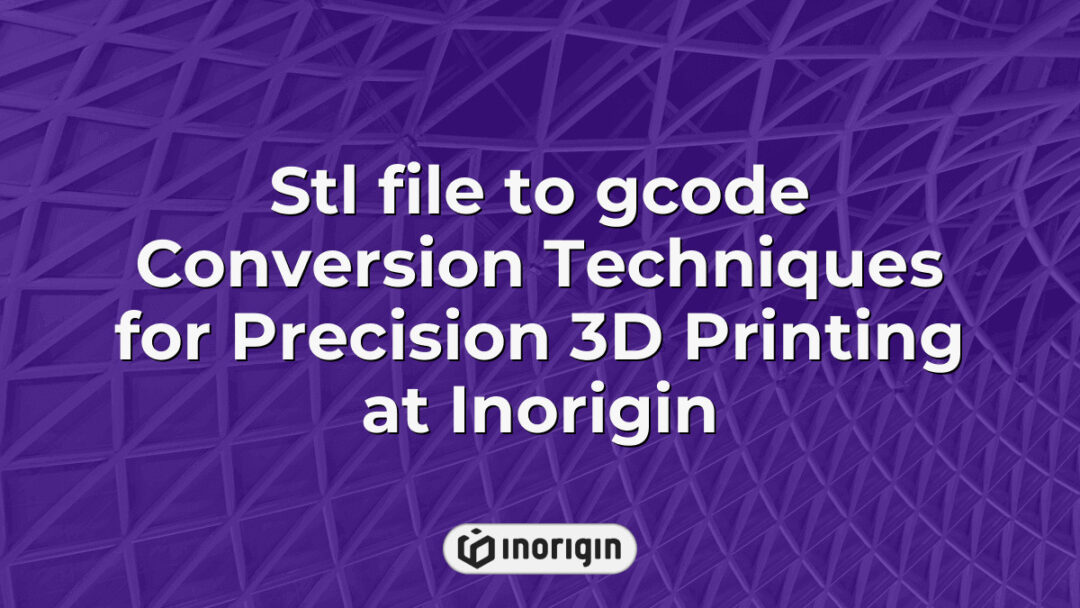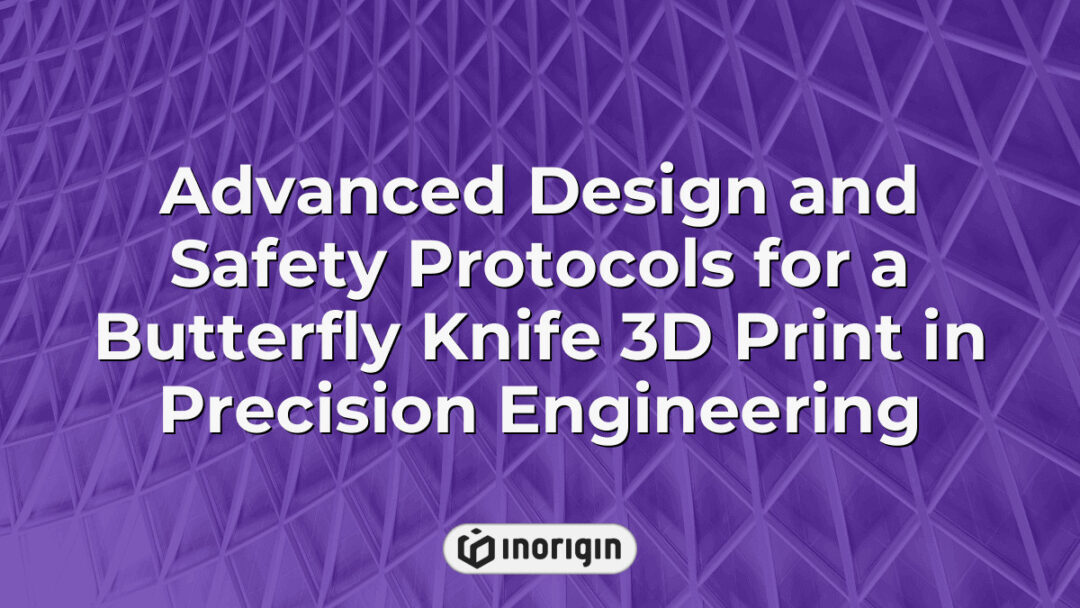Advancements in Ceramic 3D Printing for Precision Engineering and Design Innovation
The advent of ceramic 3D printing represents a significant technological advancement that merges traditional craftsmanship with cutting-edge digital fabrication techniques, unlocking new possibilities across various industries, from art and design to aerospace and healthcare. This innovative process not only enhances the creative potential of ceramic materials but also facilitates unprecedented levels of design complexity and customization unattainable through conventional methods. As the demand for bespoke and high-performance ceramic components increases, the integration of 3D printing technology transforms the landscape of manufacturing, appealing to researchers and industry professionals eager to explore its applications and implications. This article delves into the fundamental principles of ceramic 3D printing, its evolving methodologies, and the broader impact on material science and production paradigms. Aspect Key Takeaway Introduction to Ceramic 3D Printing Ceramic 3D printing combines traditional craftsmanship with advanced digital fabrication, unlocking […]

